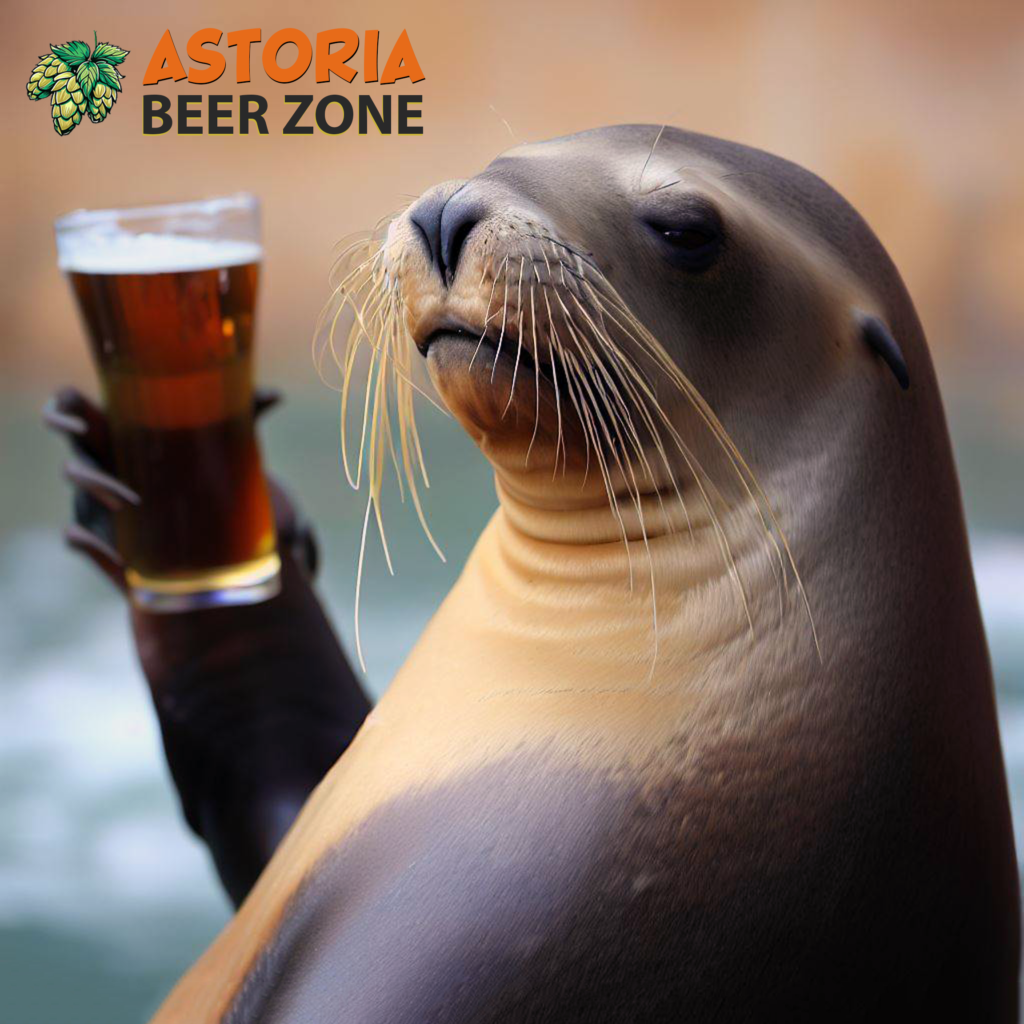BY WILLIAM DEAN
Ever go to a taproom and wonder why the glasses come in so many shapes and sizes?
Tall and skinny. Round and handled. Curvy and tapered.
Why not just serve beer in the shaker pint glass that’s ubiquitous in American pubs and bars?
Short answer: Because it doesn’t do certain brews justice. And it’s downright ugly compared to more elegant glasses designed to pair with certain beer styles.
Below is a guide to the basics, with notes from Fort George Brewery owner Chris Nemlowill and Vice President Zack O’Connor.
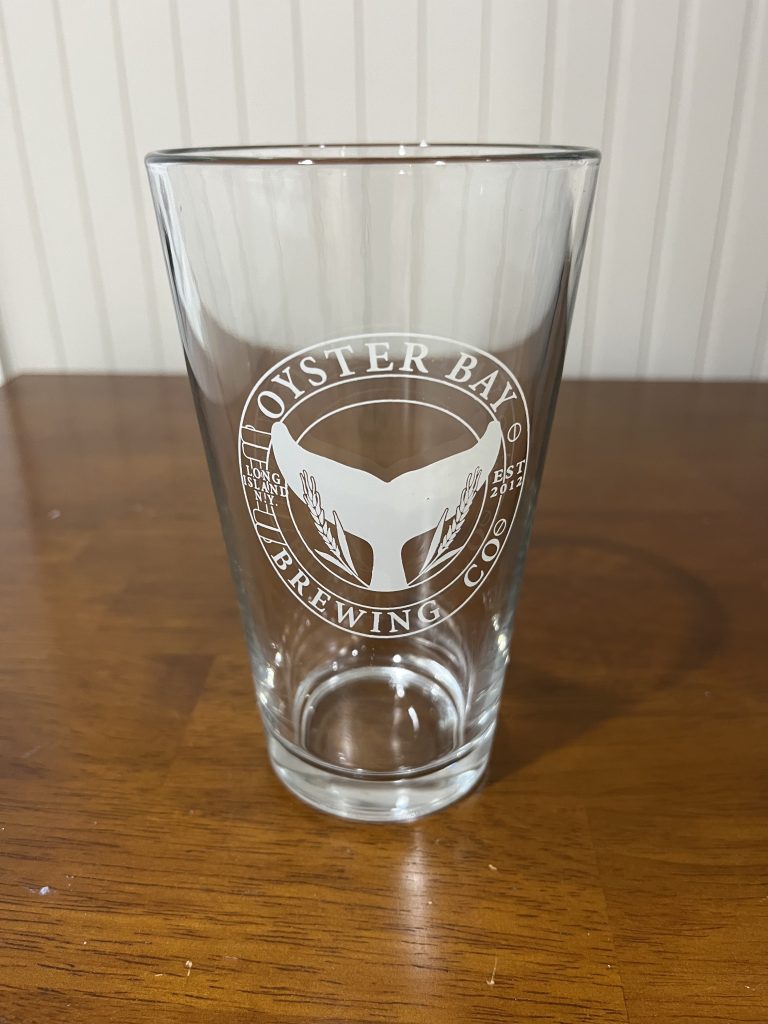
SHAKER PINT
The big-mouth glass was originally designed to serve as a cocktail shaker. Pubs love it because it’s inexpensive, sturdy, easy to clean and stackable. Consider it an all-purpose vessel. But if you’re really into craft beer, is that what you want?
Nemlowill: “Very utilitarian, but not great for beer.”
O’Connor: “Nothing about them benefits the beer.”
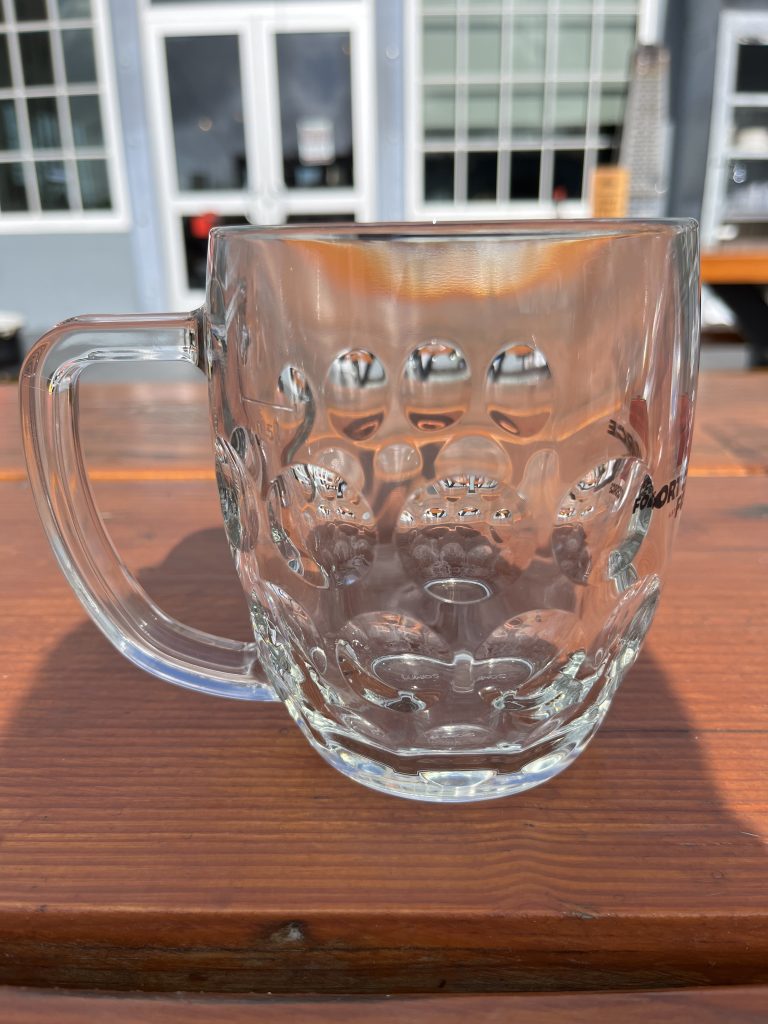
CLASSIC MUG
Heavy-bottomed with thick walls and handles, mugs are designed to keep beer cold and survive hearty toasts at festivals. A traditional pub version is rounded with facets that highlight color and clarity.
Nemlowill: “Your first-beer-of-the-day glass.”
O’Connor: “It’s just fun.”
Best for: Lighter-tasting beers, like pilsners and lagers.
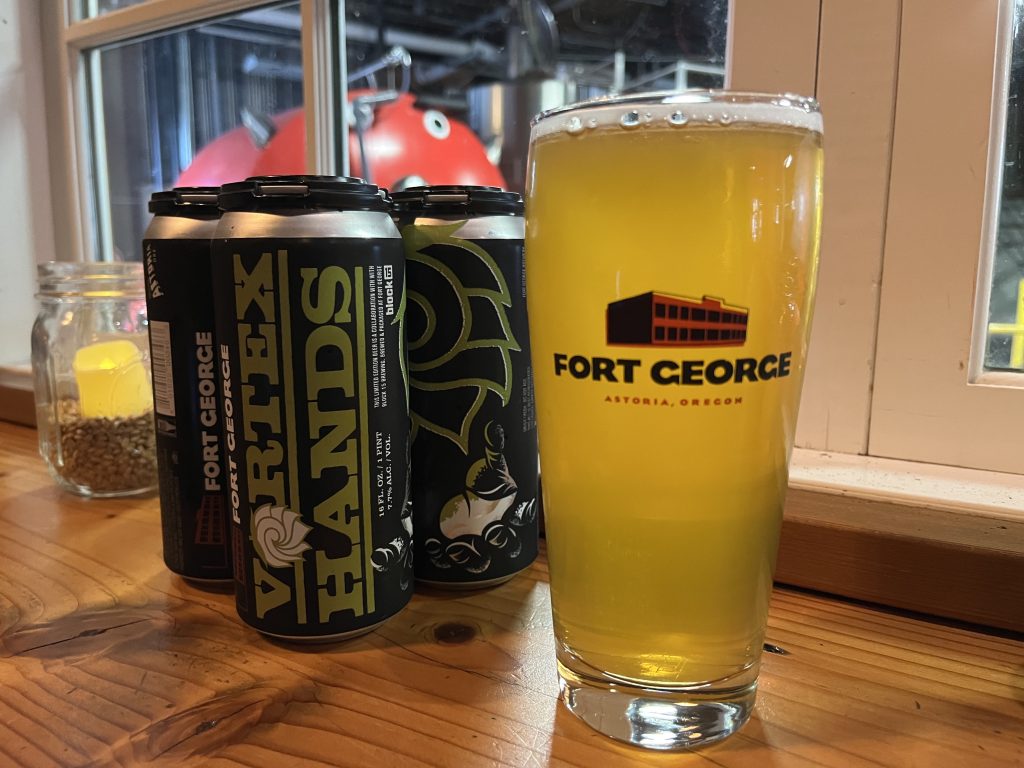
WILLI BECHER
Named after its designer, Willy Steinmeier, and the German word for “cup,” this glass has been around since the 1950s. It has appealing curves and a tapered top that helps beer retain its head and concentrate aromatics. Many American breweries, including Fort George, have embraced the versatile glass.
Nemlowill: “Plenty of room for the head.”
O’Connor: “It’s pretty and nice, but that doesn’t distract from the beer.”
Best for: A wide range of non-sipping beers.
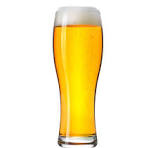
WEISSBIER
Tall and curvy. Also known as a German weizen (wheat) glass, the small base opens into a bulb with a somewhat narrow mouth. Concentrated carbonation at the bottom pushes aromas into the bulb and allows for a large head to build.
Nemlowill: “Beautiful.”
O’Connor: “Tons of fun to drink out of.”
Best for: Bavarian-style wheat beers like hefeweizen and weizenbock.
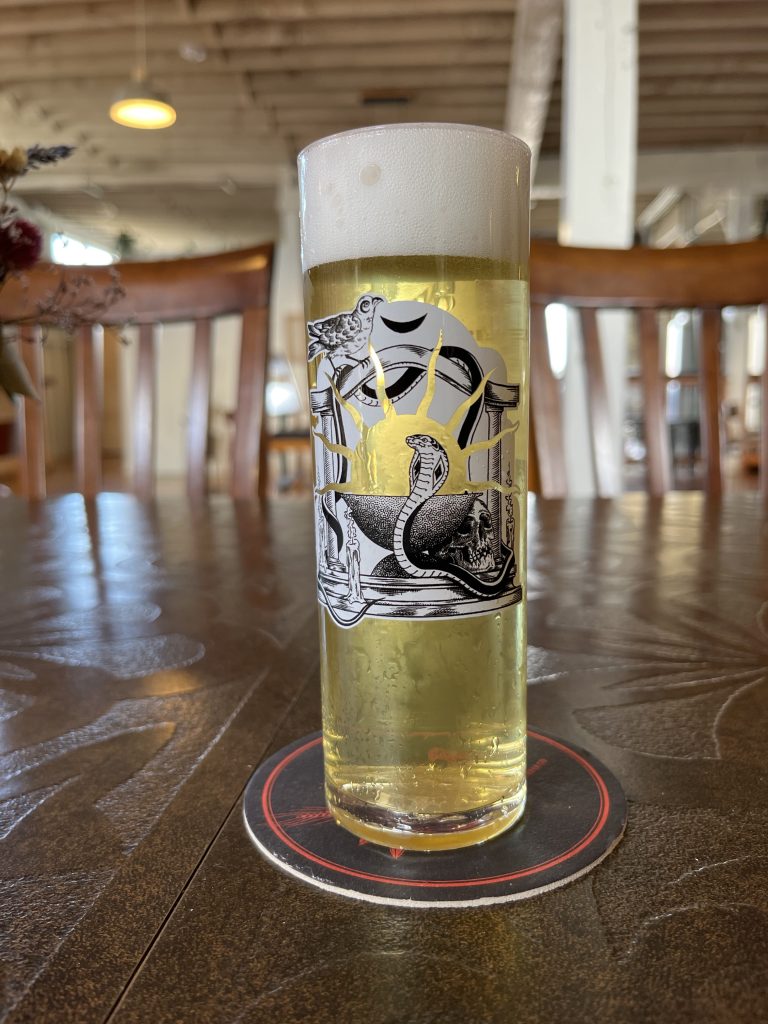
STANGE
This long, narrow cylindrical glass (“stange” is German for “rod”) concentrates carbonation like a champagne flute, so you can enjoy the rising bubbles. It also preserves foam well. Used by breweries like Astoria’s Obelisk Beer Co. that feature German-style kölsch beer.
Nemlowill: “Brings that tradition over here. Very cool.”
Best for: Kölsch and other delicate beers.
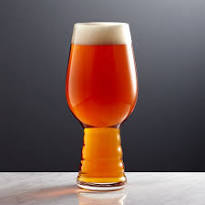
IPA
Developed specifically for hop-rich IPAs. Bottom ridges aerate the beer with every sip, while the tapered bowl concentrates hop aromas. Some glasses are etched at the bottom to help release carbonation.
Nemlowill: “It’s a fighter jet.”
O’Connor: “Kind of new but really fun.”
Best for: IPAs.

TULIP
Tulip-shaped with a rounded bottom designed to increase heat transfer from the hand, releasing flavors. Upper part narrows to capture aromas. Short stem aids in swirling like a snifter.
Nemlowill: “I like drinking a big stout out of it.”
O’Connor: “Definitely for sippers.”
Best for: Higher-alcohol beers that open up when warmed, like barrel-aged stouts and barleywine.
__
WILLIAM DEAN is an author with a passion for craft beer. His suspense novels Militia Men, Dangerous Freedom and The Ghosts We Know are available at Amazon and in bookstores. Check out his beer blog at astoriabeerzone.com.
(This column orginally appeared in the Astorian).




